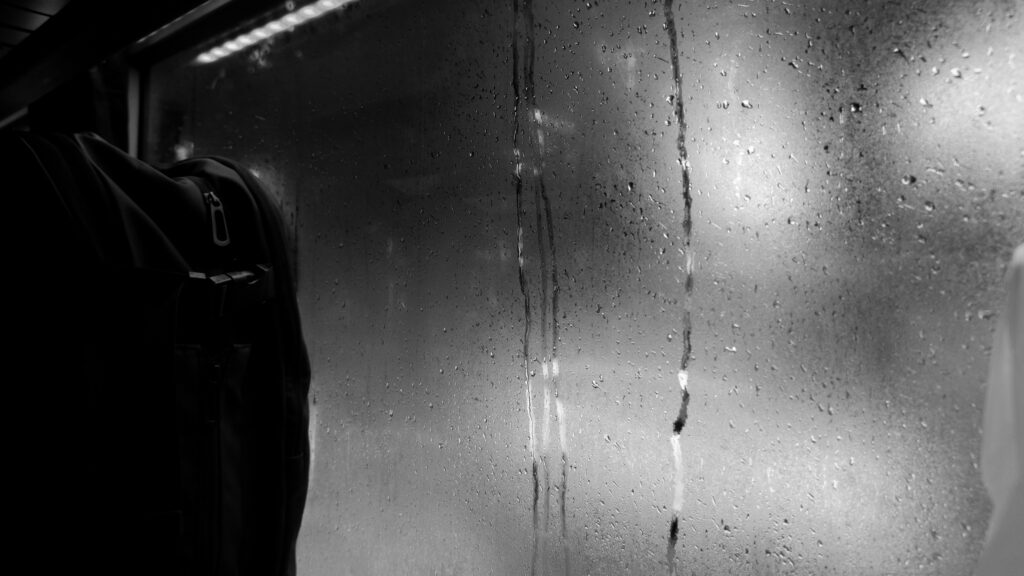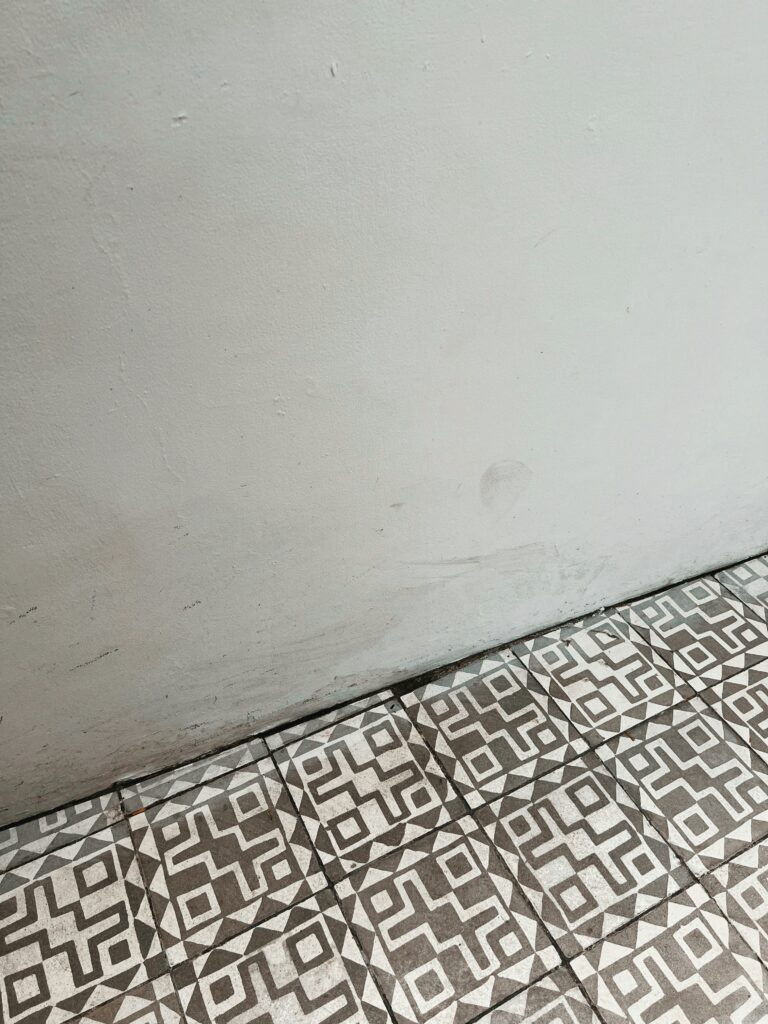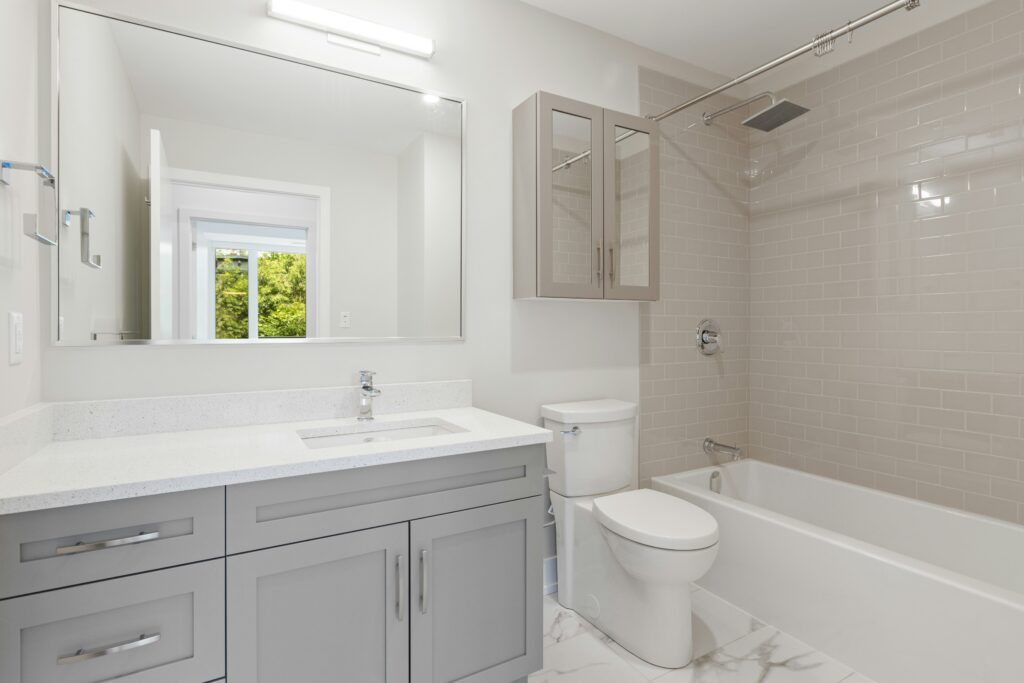Welcome to the Manar Facility Solutions blog! As experts in facility maintenance and cleaning services across Florida, we’re passionate about helping homeowners and businesses keep their spaces safe, clean, and mold-free. Living in the Sunshine State means enjoying beautiful beaches and warm weather year-round, but it also comes with unique challenges—like the relentless humidity and heat that can turn your bathroom into a breeding ground for mold. In this comprehensive guide, we’ll dive deep into everything you need to know about battling bathroom mold in Florida’s climate. Whether you’re a homeowner in Miami dealing with post-shower steam or a property manager in Orlando maintaining multiple units, this article will equip you with practical knowledge to prevent, identify, and eliminate mold. Plus, we’ll share tips on when it’s time to call in the pros. Let’s get started!
The Florida Climate: A Perfect Storm for Mold Growth
Florida’s subtropical climate is a double-edged sword. With average humidity levels hovering around 70-80% and temperatures often exceeding 90°F in the summer, bathrooms become prime real estate for mold. Mold thrives in warm, moist environments, and the state’s frequent rain showers, hurricanes, and even everyday activities like hot showers exacerbate the issue.
To understand why Florida is particularly susceptible, consider the science behind it. Mold spores are microscopic fungi that float in the air everywhere. They need three things to grow: moisture, warmth, and an organic food source like soap scum, grout, or even dust. In a Florida bathroom, moisture from showers lingers longer due to high ambient humidity, preventing surfaces from drying out quickly. According to the Environmental Protection Agency (EPA), indoor humidity above 60% significantly increases mold risk, and Florida homes often exceed this threshold without proper dehumidification.
Take, for example, a typical day in Tampa: You wake up, take a steamy shower, and head out. The bathroom door stays closed, trapping humidity inside. By evening, tiny black spots might appear on the tile grout or around the sink. If left unchecked, these can spread rapidly, leading to larger infestations. Statistics from the Florida Department of Health show that mold-related complaints spike during the rainy season from June to November, affecting thousands of households annually.
But why focus on bathrooms? They’re enclosed spaces with poor air circulation, constant water exposure, and materials like porous tiles and caulk that retain moisture. In older Florida homes, built before modern building codes emphasized ventilation, the problem is even worse. Newer constructions might have better exhaust fans, but without regular maintenance, they can still fall victim to the heat.

What Is Mold and Why Should You Care?
Before we tackle prevention and removal, let’s break down what mold really is. Mold is a type of fungus that reproduces through spores, which can be inhaled or come into contact with skin. There are over 100,000 species, but in bathrooms, you’re most likely to encounter black mold (Stachybotrys chartarum), green mold (Aspergillus), or white mold (Penicillium).
Health risks are a major concern. Exposure to mold can cause respiratory issues, allergies, asthma attacks, and in severe cases, mycotoxin poisoning. For vulnerable groups like children, the elderly, or those with compromised immune systems, even short-term exposure can lead to chronic sinus infections or skin rashes. A study by the Centers for Disease Control and Prevention (CDC) links damp indoor environments to a 30-50% increase in respiratory problems.
In Florida, where air conditioning units can also harbor mold if not maintained, bathroom infestations can spread to HVAC systems, affecting the entire home. Economically, untreated mold can devalue your property—realtors in Jacksonville report that visible mold can knock 10-20% off a home’s sale price due to remediation costs.
Beyond health and finances, mold affects quality of life. That musty odor in your Fort Lauderdale condo? It’s a sign of hidden growth behind walls or under sinks. Ignoring it won’t make it go away; it’ll only worsen in the heat.
Identifying Mold in Your Florida Bathroom
Early detection is key to battling mold. In Florida’s heat, mold can colonize in as little as 24-48 hours after a water event. Look for these signs:
- Visual Clues: Black, green, or white spots on walls, ceilings, grout, or silicone seals. In humid areas like Key West, mold often appears fuzzy or slimy.
- Odors: A persistent earthy or mildewy smell, even after cleaning.
- Water Damage: Peeling paint, warped cabinets, or stained ceilings indicate underlying moisture issues.
- Health Symptoms: If family members experience unexplained allergies or headaches after using the bathroom, mold could be the culprit.
To confirm, use a home mold test kit available at hardware stores in cities like Sarasota. These kits detect spores but aren’t foolproof—professional testing from companies like Manar Facility Solutions provides accurate lab results.
Remember, not all discoloration is mold. Mineral deposits from hard water in Central Florida can mimic it, so scrape a small area: If it’s powdery and wipes away easily, it might be efflorescence, not mold.

Root Causes of Bathroom Mold in Florida
Understanding causes helps in prevention. Florida’s heat accelerates evaporation, but high humidity slows drying. Common culprits include:
- Poor Ventilation: Many bathrooms rely on small windows or inadequate exhaust fans. In humid Naples, fans should run for at least 20 minutes post-shower to expel moisture.
- Leaks and Condensation: Dripping faucets or sweating pipes in air-conditioned homes create constant dampness. During Florida’s hurricane season, even minor roof leaks can seep into bathrooms.
- High Humidity Levels: Outdoor humidity infiltrates through cracks, and indoor activities add to it. Without a dehumidifier, levels can stay elevated.
- Material Choices: Porous surfaces like untreated wood or old grout absorb water. In coastal areas like Miami Beach, saltwater air corrodes fixtures, worsening leaks.
- Neglected Maintenance: Skipping regular cleanings allows soap scum to build up, providing food for mold.
A case study from Palm Beach County highlights this: A homeowner ignored a slow sink leak, leading to widespread mold under the vanity. Remediation cost $5,000—preventable with routine checks.
Prevention Strategies: Keeping Mold at Bay in the Heat
Prevention is cheaper and easier than cure. Here are actionable tips tailored to Florida living:
Improve Ventilation
Install or upgrade to a high-CFM exhaust fan vented outdoors. In steamy South Florida, choose models with humidity sensors that activate automatically. Open windows during cooler evenings, but use screens to keep out bugs.
Control Humidity
Aim for indoor humidity below 50%. Use a bathroom dehumidifier or whole-home system. In energy-conscious Gainesville, energy-efficient models save on AC bills while reducing mold risk.
Daily Habits
- Wipe down surfaces after showers with a squeegee.
- Use mold-resistant paint on walls and ceilings.
- Fix leaks immediately— even a small drip wastes 10,000 gallons yearly and feeds mold.
Cleaning Routines
Weekly deep cleans with natural solutions like vinegar (acidic, kills 82% of mold species) or baking soda scrubs. Avoid bleach on porous surfaces; it doesn’t penetrate roots.
For grout, seal it annually with a silicone-based product. In humid Orlando, this extends life by years.
Material Upgrades
Opt for non-porous tiles, glass shower doors, and antimicrobial caulk. During renovations, choose mold-resistant drywall.
Implementing these can reduce mold incidence by 70%, per EPA guidelines.
Safe Mold Removal Techniques
If mold appears, act fast. For small areas (under 10 sq ft), DIY is feasible; larger requires pros.
DIY Removal
- Safety First: Wear gloves, mask, and goggles. Ventilate the area.
- Natural Remedies: Mix equal parts vinegar and water; spray and let sit 1 hour before scrubbing. Tea tree oil is another antifungal option.
- Commercial Products: Use EPA-registered mold killers, following instructions.
- Drying: Use fans and dehumidifiers to dry thoroughly.
Never mix cleaners—bleach and ammonia create toxic fumes.
When to Call Professionals
For extensive growth, hidden mold, or if you’re in a flood-prone area like the Everglades, professional help is essential. At Manar Facility Solutions, our certified technicians use advanced tools like HEPA vacuums and infrared cameras to detect and remove mold safely. We serve all of Florida, ensuring compliance with state regulations.
Professional remediation involves containment, removal, cleaning, and prevention—often covered by insurance for water damage claims.
The Role of Professional Services in Mold Management
While DIY works for minor issues, professionals offer expertise Florida homeowners need. Manar Facility Solutions specializes in bathroom mold remediation, using eco-friendly methods that minimize disruption.
Our process:
- Inspection: Thorough assessment with moisture meters.
- Remediation: Safe removal without spreading spores.
- Prevention Plans: Customized advice, including ventilation upgrades.
- Ongoing Maintenance: Regular cleanings to keep mold away.
Clients in Jacksonville rave about our quick response during humid summers. By partnering with us, you not only solve current problems but prevent future ones, potentially saving thousands.
Long-Term Strategies for Mold-Resistant Bathrooms
Beyond basics, consider smart tech: Humidity-monitoring apps alert you to spikes. In tech-savvy Tampa, integrate with smart home systems.
During remodels, incorporate UV lights in HVAC to kill spores. Choose low-VOC materials to avoid off-gassing that worsens air quality.
Community efforts matter too—Florida HOAs can mandate annual inspections.

Myths and Facts About Bathroom Mold
Myth: Mold only grows in dirty homes. Fact: Even spotless bathrooms in humid Florida can have it.
Myth: Bleach kills all mold. Fact: It only bleaches surface; roots survive.
Myth: Mold is harmless. Fact: It can cause serious health issues.
Educating yourself debunks these, empowering better decisions.
Conclusion: Take Control of Your Bathroom Today
Battling bathroom mold in Florida’s heat doesn’t have to be overwhelming. By understanding causes, implementing prevention, and knowing when to seek help, you can maintain a healthy, mold-free space. At Manar Facility Solutions, we’re here to support you with expert services tailored to Florida’s unique climate.
Ready to say goodbye to mold? Contact us today for a free consultation. Visit our website or call our Florida team—we’re committed to your facility’s well-being.

